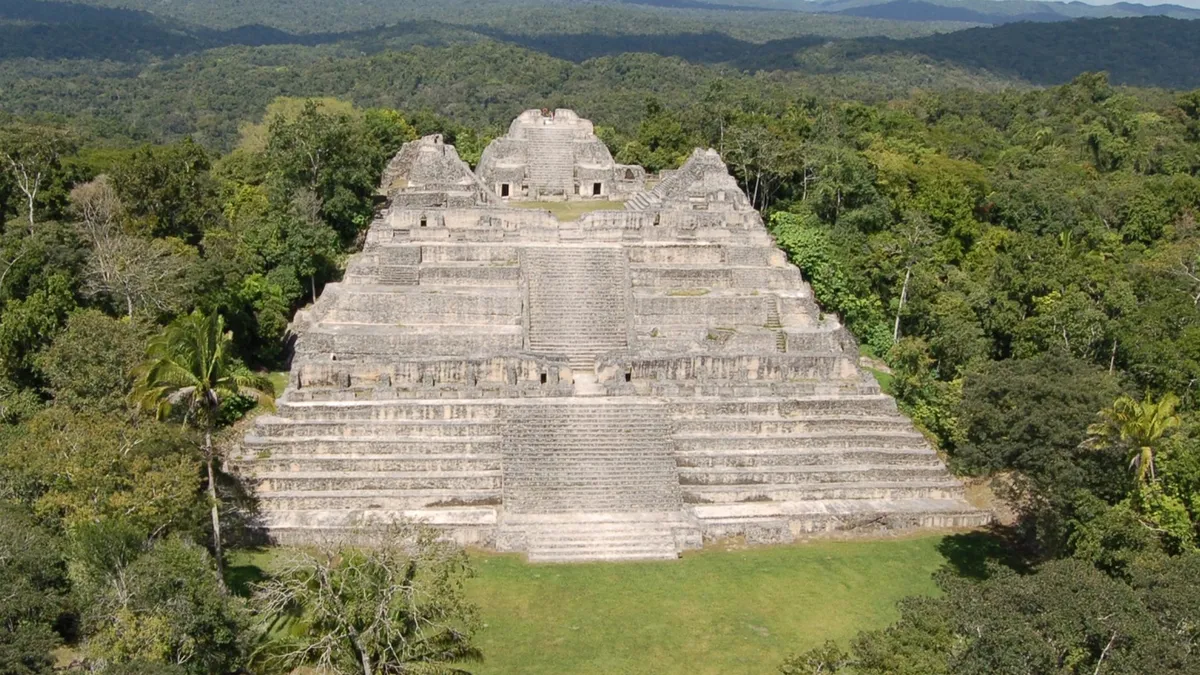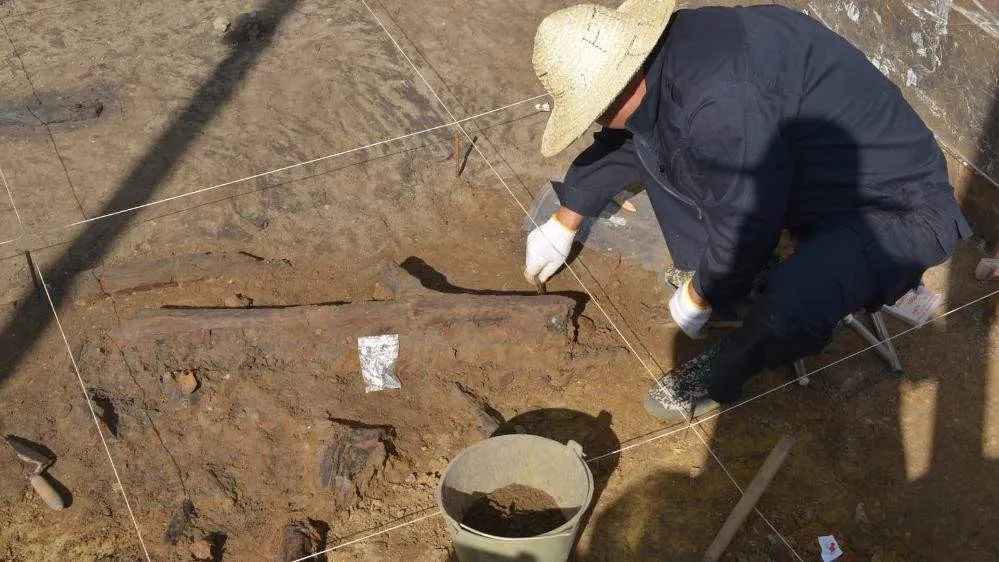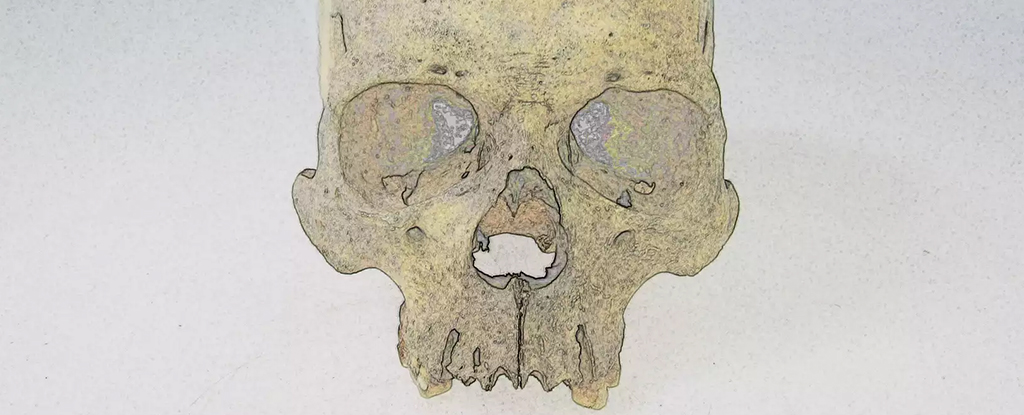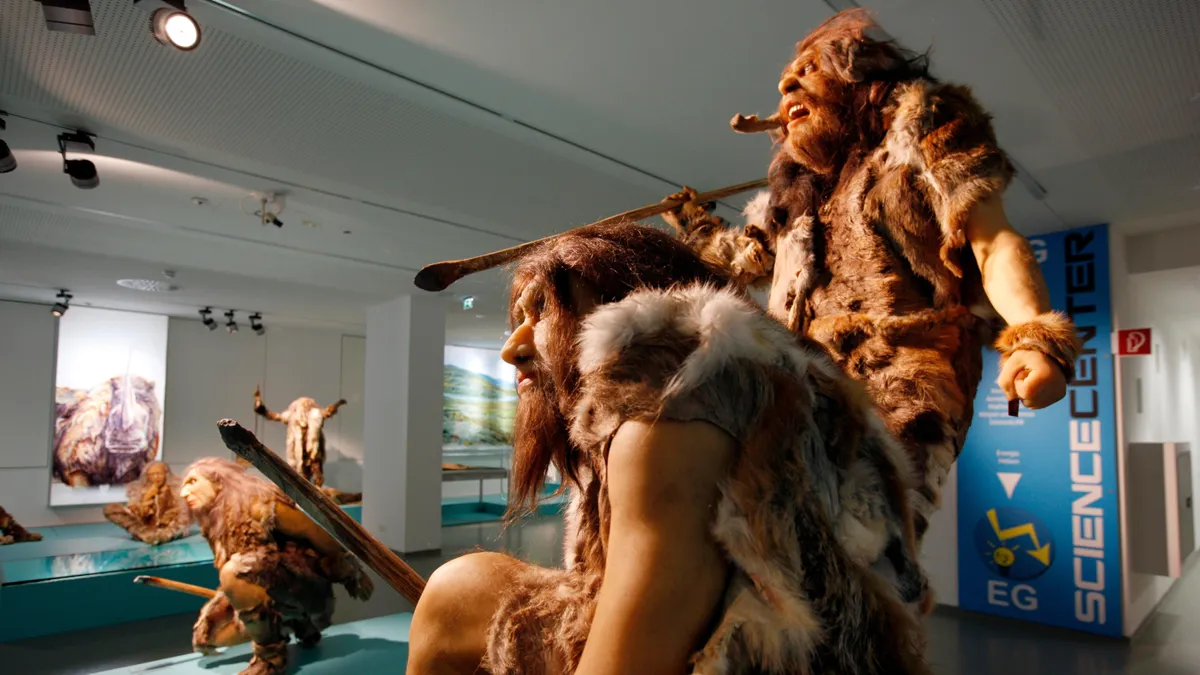Humans news stories

The team says the result marks a milestone in our ability to determine the ages of old stars and use them as living fossils to study the Milky Way’s distant past. This investigative technique makes it possible to analyze thousands of ancient stars in our galaxy, reconstructing the Milky Way’s evolution over billions of years. The findings are published in the journal Astronomy & Astrophysics.

Archaeologists in Belize have unearthed the tomb of the first ruler of the ancient Maya city of Caracol, which was a major center in the Maya Lowlands during the sixth and seventh centuries.

New rules banning recreational cannabis use have put Thailand’s $1bn cannabis industry in limbo, with some stores fearing they will have to close

The environment minister, Murray Watt, hosted more than a dozen ambassadors from countries on the world heritage committee on Monday as he ramped up lobbying efforts to get the Murujuga rock art complex inscribed on the world heritage list.

Archaeologists have unearthed the earliest known multifunctional tool made from cave lion bone, shedding new light on Neanderthal ingenuity…Published in Scientific Reports, the detailed analysis of the bone revealed signs of deliberate shaping, use and repurposing

A University of Maryland-led team of astronomers found that while the mission successfully proved that kinetic impactors like the DART spacecraft can alter an asteroid’s path, the resulting ejected boulders created forces in unexpected directions that could complicate future deflection efforts. According to the team’s new paper published in the Planetary Science Journal on July 4, 2025, using asteroid deflection for planetary defense is likely far more complex than researchers initially understood.

French and Egyptian researchers are making a “digital twin” of the Lighthouse of Alexandria in Egypt after lifting its ancient submerged blocks out of the Mediterranean Sea.

Archaeologists have analyzed ritual spaces and monumental structures across Polynesia, questioning the idea that Rapa Nui (Easter Island) developed in isolation following its initial settlement. Their results are published in the journal Antiquity.

The 300,000 year-old tools show that hominins in East Asia made planned foraging trips to lakeshores and designed instruments for specific purposes. The study was published Thursday (July 3) in the journal Science.

A new study has found that leprosy was circulating in Chile some 4,000 years ago, meaning the disease arrived in the Americas much earlier than previously thought. The research has been published in Nature Ecology & Evolution.

The research, published Wednesday (July 2) in the journal Science, reveals that these archaic human relatives had a process for extracting grease from animal bones — and it may have saved them from a lethal condition.
A new study has found that a psychedelic formulation inspired by ayahuasca can significantly alter how the brain processes faces—especially one’s own. The research shows that the compound changes both early visual perception and later self-referential processing, effectively weakening the brain’s usual distinction between self and others.

Excavation uncovers evidence of 4 ancient human species, obsidian tools dating back over 300,000 years…Archaeologists have uncovered rare artifacts from the Paleolithic era at Ulukoy Cave in Türkiye’s southeastern Mardin province, revealing the earliest known evidence of human activity in northern Mesopotamia, officials said.

The findings suggest that early Egyptians once lived in a melting pot of cultures, with migrants and traders arriving from other parts of Africa and Mesopotamia, an ancient region that now encompasses parts of Iraq, Türkiye, and Iran. The study was published in Nature.

In the course of a collaboration with the University of Baghdad, LMU’s Enrique Jiménez has rediscovered a text that had been lost for a thousand years. A paper on this discovery is published in the journal Iraq.

A new study analyzes stone tools from the cave that date to about 19,000 to 18,000 years ago, and discusses how the techniques used to make them hint at the ways that prehistoric people traveled, interacted, and shared their craft.








